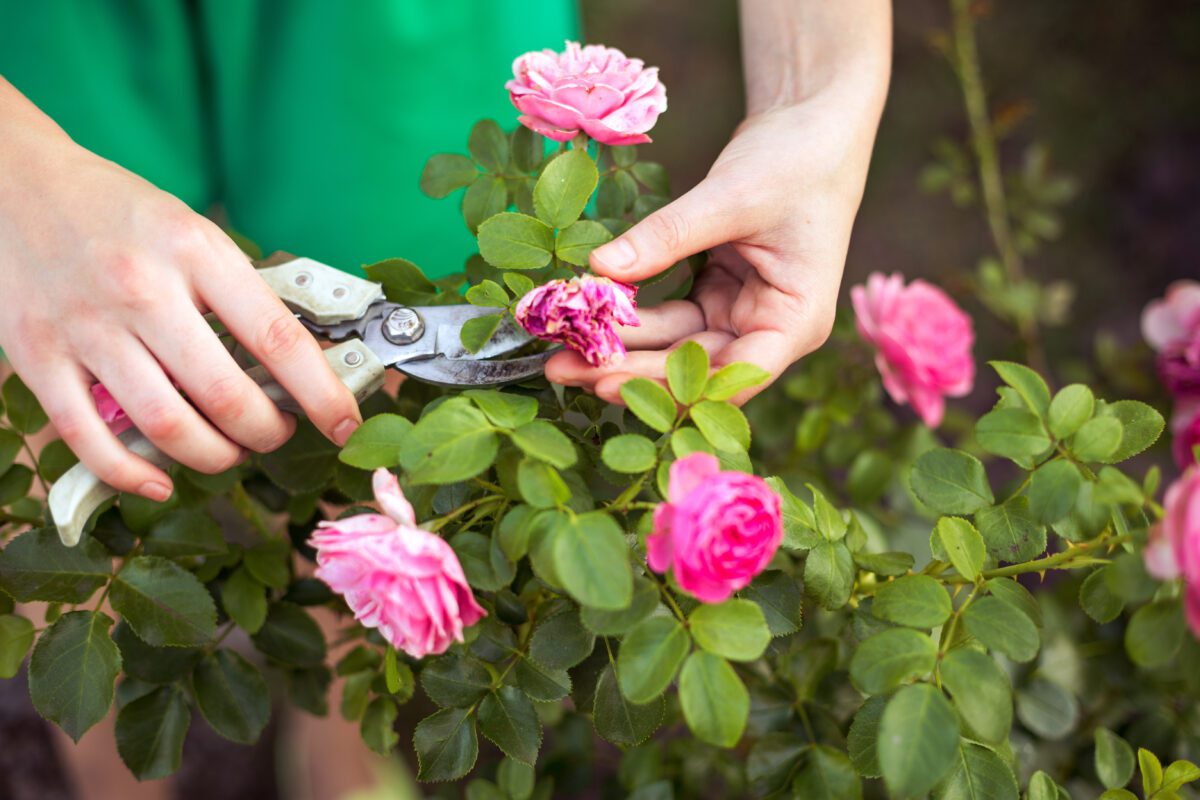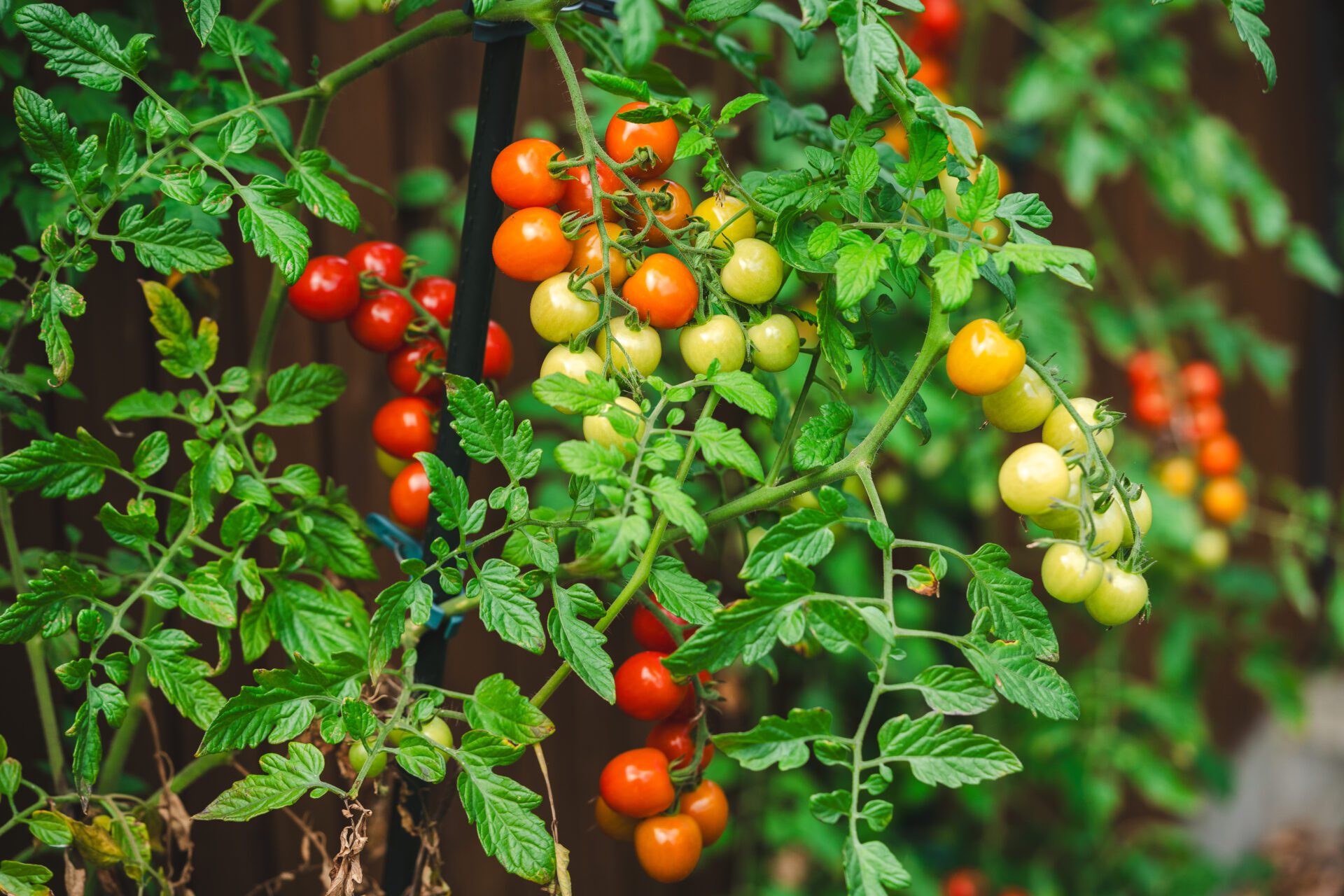Before you invest in plants, soil, and materials, make sure you have a solid plan in place. Many gardens fail due to poor timing, unpredictable weather, or lack of care. With a little forethought, you can learn how to maximize growth and ensure your plants thrive all season long.
Here are our expert tips for a well-planned, thriving garden:
Predict the weather (as well as anyone can)
In a perfect world, spring plantings would begin on the first day of spring, with warm temperatures and plenty of sunlight. In reality, Middle Tennessee’s weather is unpredictable, and a “false spring” can strike, ruining your plants and hard work with a late freeze.
Our experts recommend keeping a close eye on the forecast and waiting until you’re sure the last freeze has passed. Call us today to discuss the best planting window — we want your garden plans to succeed!
Time your planting
Planting too early or too late can lead to poor blooms or yields. For example, in Middle Tennessee, tomatoes should be planted mid-to-late April, after the last frost, as they’re highly sensitive to cold and require temperatures above 50°F. Hydrangeas, on the other hand, struggle to thrive when planted just before summer, as the intense heat can impede root development.
Our tip? Invest in a calendar (garden-themed for an added touch of charm) and carefully schedule the optimal planting dates for each of your flowers, foliage, and vegetables.

Map out your planting locations
Now that we’re experiencing longer daylight hours, it’s the perfect time to walk your garden or outdoor space and assess each area’s unique conditions. Certain herbs, like Italian basil, thrive in full sun and warm temperatures, while other plants, like the feathery astilbe, flourish in partial or filtered shade.
Take note of how different sections of your space are exposed to sunlight throughout the day and plan your design accordingly.
Be realistic about care needs
If your calendar is full of vacation dates this year and you’re not planning for a house sitter to tend to your plants, opt for more resilient, low-maintenance varieties.
For those who enjoy hands-on gardening, traditional roses offer beauty but require diligent pruning and upkeep (and remember to wear gloves!) If you’re a lover of Kentucky bluegrass, be prepared for a stringent watering plan and frequent fertilization.
But if you’re looking for a more relaxed and forgiving schedule, choose hardy, self-sustaining plants that will thrive with minimal intervention as part of your design. To maintain a healthy, polished landscape without the constant demands of care, consider partnering with a landscape design expert who can provide ongoing support and maintenance tailored to your needs.

Planning a garden involves many moving parts, like timing, weather, and ongoing care, and can sometimes feel overwhelming when you simply want to enjoy the beauty and tranquility of your outdoor space.
We also know that gardening and landscape design means different things to different people. Some enjoy the challenge of crafting the perfect plan and carefully timing each detail, while others simply want to relax and enjoy the natural elements of their home’s exterior. Whether you prefer to sit back and enjoy or get your hands in the dirt, we’re here to meet you where you are and ensure your garden flourishes.
Schedule time to talk today to start designing your ideal garden or refine your existing plan with professional insight. Together, let’s create a landscape you’ll love.
